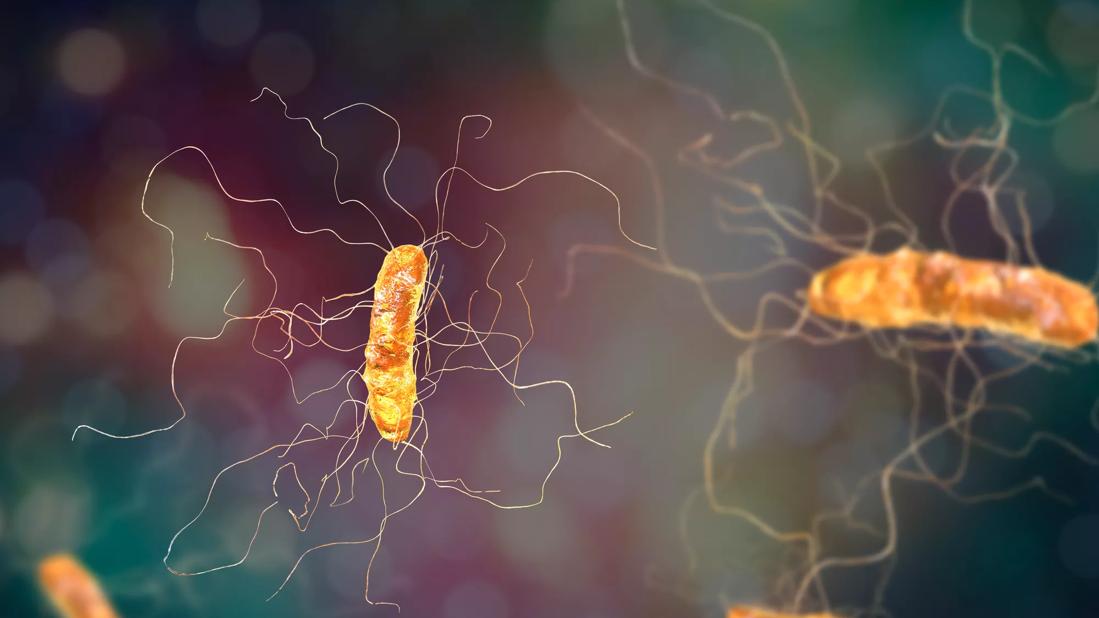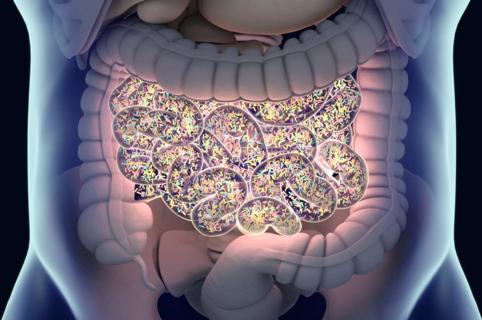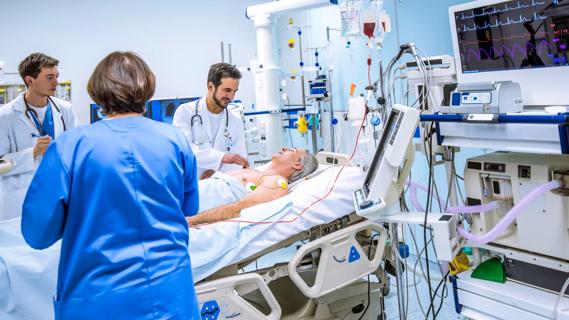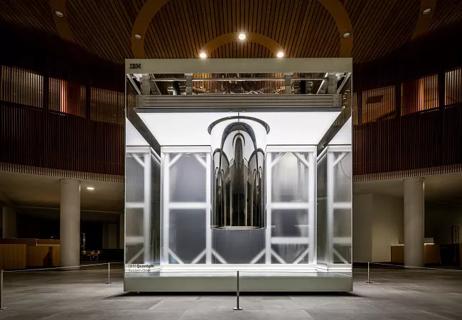Creating an intestinal environment that is unfavorable for C. diff

Clostridium difficile (CD), or C. diff, is a common hospital-acquired pathogen that leads to CD infection (CDI), which increases the risk for patient illness and death and raises healthcare costs. CD thrives when a patient’s microbial balance — the amount of “good” versus “bad” bacteria — is altered, as happens in response to antibiotics. Patients taking long-term antibiotics are at high-risk of CDI. Currently, the standard-of-care method to prevent CDI is simply to avoid prescribing inappropriate or unnecessary antibiotics.
Advertisement
Cleveland Clinic is a non-profit academic medical center. Advertising on our site helps support our mission. We do not endorse non-Cleveland Clinic products or services. Policy
New Cleveland Clinic research shows there may be a better, more effective approach. The cross-city collaboration, led by Gail A.M. Cresci, PhD, RD, LD, CNSC, Department of Pediatric Gastroenterology, also included researchers from Louis Stokes Cleveland Veterans Affairs Medical Center and Case Western Reserve University.
The study results, published in the Journal of Parenteral and Enteral Nutrition, suggest that supplementing antibiotic therapy with a butyrate-producing probiotic and prebiotic may make the gut environment unfriendly to CD and prevent CDI.
Dr. Cresci and colleagues first treated mice with clindamycin to create antibiotic-related bacterial overgrowth, which increases risk for CDI. They then exposed the animals to CD. Three days later, the researchers treated the mice with either the commensal bacteria (Faecalibacterium prausnitzii; FP), a prebiotic (potato starch; PS), or both (FP+PS), and measured the concentration of bacteria found in the mice’s stool.
It’s important to note that probiotic effects are specific to bacterial strain. Dr. Cresci selected FP because it is a beneficial butyrate-producing bacteria that is depleted in many diseases, including CDI. Butyrate is a short-chain fatty acid that has many anti-inflammatory benefits and is especially important for gut health.
The researchers found that 80 percent of the FP+PS mice had no CD in their stool following bacterial exposure. This impressive rate of clearance — which indicates an organism’s ability to fight and overcome pathogens—was higher than that observed in the control mice and those treated with either the probiotic or prebiotic alone. They found the treatment worked to reduce CD colonization in the gut in several ways.
Advertisement
FP+PS treatment maintained the number and expression of intestinal tight junction (TJ) proteins. TJ proteins contribute to the strength and integrity of intestinal cells and barriers. When TJ cells break down, as happens in CDI, molecules are free to cross into or out of the intestines, which can throw off the balance of good and bad bacteria in the gut.
Additionally, FP+PS treatment may have prevented CD-related toxins from exerting harmful effects. TcdB, a toxin that is released following CD colonization, only has dangerous effects when bound to the specific receptor FZD7. Administering FP+PS reduced the number of FZD7 receptors available for binding. Reduced FZD7 expression is also associated with TJ protein preservation.
The combination therapy also led to increased numbers of various cells that support and strengthen immune response, including several chemokines, neutrophils, monocytes and cytokines. These cells are necessary for restoring intestinal balance following an infection.
Taken together, these observations show that FP+PS treatment creates an intestinal environment that is unfavorable for CD. Dr. Cresci says that physicians may consider supplementing antibiotics with a butyrate-supporting probiotic and prebiotic in at-risk patients to prevent CD from colonizing and to mute it’s toxic effects. She is hopeful that with further research this targeted prevention strategy may help combat the number of CDI-related deaths that have increased in recent years, due in part to widespread overuse of antibiotics.
Advertisement
Sanjoy Roychowdhury, PhD, is first author on the study which was supported by funds from the National Institute on Alcohol Abuse and Alcoholism, NIH; STERIS Corporation; Cleveland Clinic Children’s Hospital; and the National Center for Advancing Translational Sciences, NIH (through a Clinical & Translational Science Award to Case Western Reserve University and Cleveland Clinic).
Dr. Cresci holds secondary appointments in the Cleveland Clinic Lerner Research Institute and Digestive Disease & Surgery Institute.
Advertisement
Advertisement

First full characterization of kidney microbiome unlocks potential to prevent kidney stones

Researchers identify potential path to retaining chemo sensitivity

Large-scale joint study links elevated TMAO blood levels and chronic kidney disease risk over time

Investigators are developing a deep learning model to predict health outcomes in ICUs.

Preclinical work promises large-scale data with minimal bias to inform development of clinical tests

Cleveland Clinic researchers pursue answers on basic science and clinical fronts

Study suggests sex-specific pathways show potential for sex-specific therapeutic approaches

Cleveland Clinic launches Quantum Innovation Catalyzer Program to help start-up companies access advanced research technology